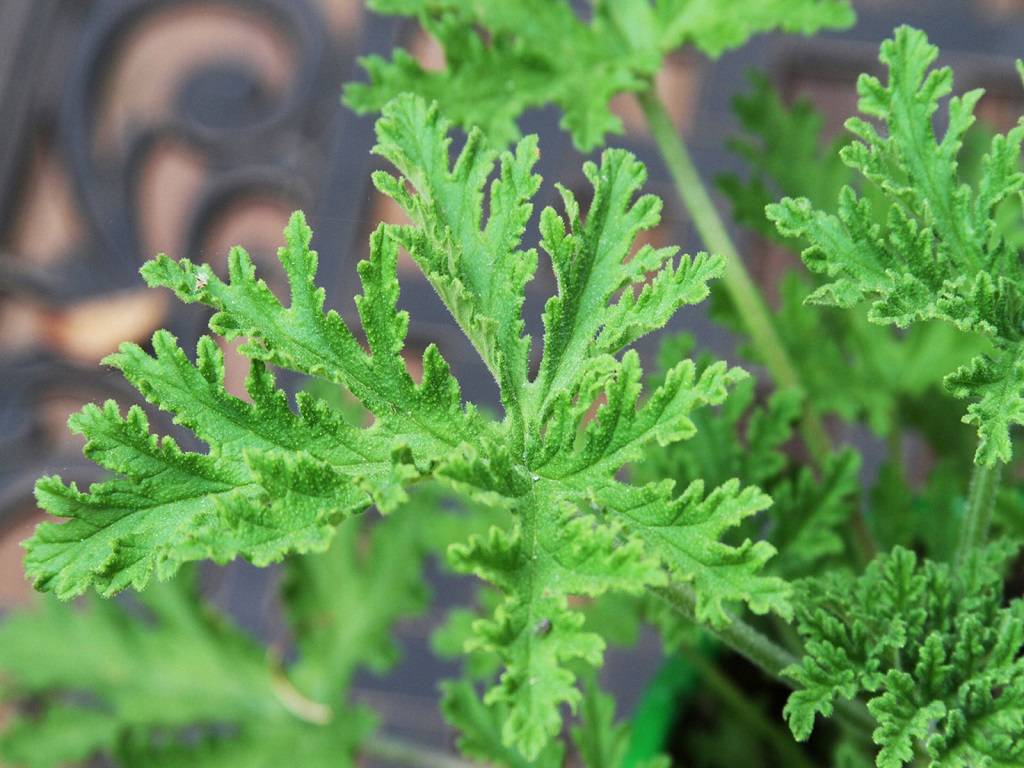
Spring through early summer is the best time to lay out your potted plants, and the citronella plant is a great choice if you're looking for a new addition to your garden this year. The citronella plant has green, lacy leaves and lovely pink blossoms, making it ideal for window boxes or patio pots.
While the citronella plant, also known as Pelargonium graveolens is similar to the grassy plant used to repel mosquitoes, it is a fragrant geranium. Citronella oil is made from citronella grass, which belongs to the genus Cymbopogon.
The citronella plant has a characteristic perfume, similar to that of grass, however, it is lemony rather than green.
A citronella plant is reasonably easy to care for, and if you match its requirements, you may enjoy pink blossoms during the summer months.
Here's everything you need to know about growing citronella plants:
Light
Citronella plants benefit from lighter since they might get leggy without it. You'll have a stronger plant with more blossoms." While they can handle direct sunlight, they prefer brilliant, filtered light, which they may find behind a tree or on the west side of your house, where they won't get direct sunlight all day.
Soil
Citronella plants thrive on a variety of soil types. Choose a potting medium, that keeps the roots wet between waterings. "Don't use typical heavy garden soil, since it won't hold water." "You want to keep the soil wet in between waterings." A mixture of perlite, peat moss, and garden soil can also help to promote growth.
Water
Don't rely on rain to water your citronella plant, even if it's outside. Check the soil on a regular basis, and water it well when the top few inches feel dry. Don't leave it alone for too long. If it gets too dry, the lower leaves will turn yellow, and you'll start to lose the older leaves.
Temperature and Humidity
Citronella plants are hardy, surviving in temperatures ranging from the high 30 to 90 degrees Fahrenheit. Bring your plant indoors if the temperature is below freezing or above 90 degrees. Both of these circumstances have the potential to harm the plant. High moisture levels, might cause them to decompose they Required humidity of 40 to 70 percent.
Fertilizer
Using fertilizer to keep a healthy plant can assist increase flowering over the summer months. When citronella plants are actively developing in the spring and summer, we suggest feeding them once a month, then stopping fertilizing in the fall. For best development, use a well-balanced fertilizer that contains magnesium.
How to Propagate a Citronella Plant
You can simply grow citronella from a cutting if you don't want to start a citronella plant from seed.
1. Choose your cutting
Cut two to three inches from a healthy stem using scissors or pruners. There should be two nodes in the cutting (the bumps that grow stems, leaves, and buds). Only leave two leaves on the stem, ideally towards the cutting's tip, to ensure the stem can root.
2. Add Rooting Hormone
Before planting, the stem does not need to be completely dry. Adding a store-bought rooting hormone to the bottom of the cutting, on the other hand, may help it grow.
3. Pot the Cutting
Place the cutting in a tiny pot with soil, bottom end first. Keep the leaves wet by spritzing them often or covering the cutting with the lid of a cherry tomato container to create a greenhouse. A wet climate will aid the plant's root development, within a month, you should have roots.











